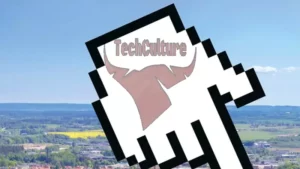OpenAI’s Image Generator Makes Waves with New ChatGPT Feature
OpenAI’s latest addition to ChatGPT has taken the tech world by storm this week. The company’s image generation tool, now integrated directly into the popular chatbot, allows users to create images on the fly using the GPT-4o model. The feature quickly gained traction for its ability to transform photos into anime-style portraits reminiscent of Studio Ghibli films.
However, the rollout hasn’t been without challenges. OpenAI implemented restrictions on prompts referencing living artists’ styles, likely in response to ongoing debates about AI and copyright. The overwhelming demand for the new feature also led to temporary rate limits, with OpenAI CEO Sam Altman acknowledging the strain on GPU resources.
Additionally, a bug was identified in the image rendering process, which OpenAI has committed to addressing in future updates.
Google Unveils Gemini 2.5 for Advanced AI Reasoning
In related news, Google has launched its Gemini 2.5 model, aimed at pushing the boundaries of AI reasoning capabilities. The Gemini 2.5 Pro Experimental, a multimodal model, is designed to excel in logic, STEM, coding, and various other complex tasks.
Available exclusively to Gemini Advanced plan subscribers, the model boasts the ability to process text, audio, images, video, and code. Early users have praised Gemini 2.5 for its powerful capabilities and insightful outputs across a range of applications.
Anthropic Report Sheds Light on AI’s Workplace Impact
Anthropic, another major player in the AI field, has released a comprehensive report analyzing the impact of AI on jobs and the economy. The study, based on data from 1 million conversations with the Claude 3.7 Sonnet model, maps AI usage to over 17,000 US job tasks.
The report emphasizes the concept of “augmentation” rather than “automation,” suggesting that AI is more likely to enhance human capabilities than replace workers entirely. Interestingly, the study reveals varying levels of AI interaction across different professions. Copywriters and editors, for instance, tend to engage in task iteration with AI, while translators rely more on directive use of the technology.
As AI continues to evolve and integrate into various industries, these developments from OpenAI, Google, and Anthropic underscore the rapid pace of innovation and the complex implications for the future of work.



